The analytical techniques revealing the true identity of what you spread on your bread
A letter to Nature by C Simmonds described this illegal activity as having ‘developed into quite an industry, having its own factories and its own chemists, and conducting its operations on a scale which, for a furtive dishonest business, is really of remarkable magnitude’, whose ‘traffic has flourished in spite of all attempts at suppression’ likely due to ‘considerable profits’.1
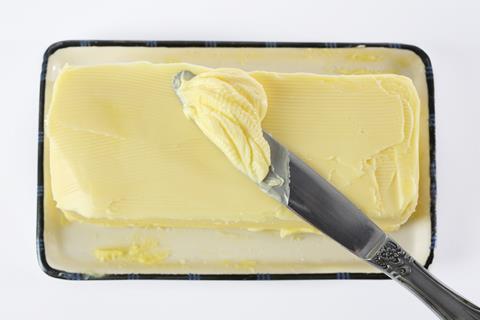
One could easily think Simmonds was alerting readers to illicit drug cultivation, production and manufacture, as the start of their letter almost reads as a recap of the latest World Drug Report by the United Nations Office on Drugs and Crime (UNODC). Except Simmonds’ letter was published in Nature 90 years before the UNODC was created and focuses on an entirely different criminal enterprise. Simmonds sought to alert ‘those readers of Nature who are not chemists’ on how to ‘checkmate’ a particular form of fraud spreading across the globe – butter adulteration.
Concerns over butter buncos exploded after the creation of oleomargarine by French chemist Hippolyte Mège-Mouriès in the late 1860s for a competition sponsored by Emperor Napoleon III. Mège-Mouriès eschewed milk or cream for beef fat and water – plus a bit of the milk fat tributyrin for flavour – to whip up the first margarine. This butter substitute beat butter’s price by a country mile and the profit margin of a margarine-for-butter switcheroo soon tempted waves of fat fraud.
By the time of Simmonds’ letter in 1906, beef suet and cocoa-nut oil were the top two adulterants in use by fat fraudsters. Brouhahas over bogus butter led to butter being legally defined the world over. The US Code of Federal Regulations mandates butter be ‘made exclusively from milk or cream, or both, with or without common salt, with or without additional coloring matter, and containing not less than 80 percent by weight of milkfat, all tolerances having been allowed for.’ On the milk fat front, a minimum of 80% is shared by Australia, China, Japan and Taiwan.2 The European Union requires a bit higher milk fat percentage for unsalted butter at 82–90%, with salted butter at 80–90%.
Fat profits
Butter bandits are still using animal and plant fats to flimflam the unsuspecting in the present day. While the fraud style remains the same, the complexity of modern food supply chains has made pinpointing exactly where, when and how adulteration occurs difficult.3,4 Work led by Alganesh Tola Gemechu at the Ethiopian Institute of Agricultural Research’s Holeta Agricultural Research Centre to test local butters found that butter adulteration increased along the supply chain, with multiple points of adulteration prior to butter-or-maybe-not-butter tubs landing in the baskets of shoppers.3 Survey analysis by the researchers showed producers, retailers and consumers believe that butter adulteration is economically motivated. Perhaps legendary hip-hop collective Wu-Tang Clan’s 1993 song ‘C.R.E.A.M. (Cash Rules Everything Around Me)’ was actually about butter adulteration.
Butter bluffers in Simmonds’ time could whip up a scam spread ‘which yields analytical figures identical in some respects with those of genuine butter.’1 Nearly a century since Simmonds alerted Nature readers to dairy deceivers, the arsenal of analytical techniques used to fight food fraud generally – and butter scams specifically – has grown.
A recent forensic case study conducted by a research team with members from Brazil’s Federal University of Paraná, Federal Police, National Institute of Criminalistics and Midwestern State University, Guarapuava showed how today’s analytical arsenal is fighting food fraud.4 This team analysed legitimate butter along with 11 suspect spreads, samples taken at different points on the butter production pathway and possible adulterants (such as palm oil and butter-flavouring) seized by the Brazilian Federal Police from two different production plants. The key techniques: 1H nuclear magnetic resonance (1H NMR) spectroscopy paired with stable carbon isotope ratio analysis (SCIRA).
Both NMR and SCIRA have increasingly been deployed in battle against food fraud and for food safety.4–11 In the Brazilian case study, none of the seized is-it-butter samples were butter as defined by Brazilian law, as each was a mix of dairy and vegetable fats. 1H NMR analysis showed the samples were adulterated butter with some dairy fat of animal origin, while SCIRA revealed C3 plant oil adulteration.
A C3 plant is so-called because the first organic compound produced during photosynthesis contains three carbon atoms. While dairy cows could certainly feed almost exclusively on C3 plants, livestock feed in Brazil primarily uses C4 type grasses and some C3-C4 mixtures. This made C3 plant oil-spiked butter samples stand out because their isotopic carbon (δ13C) values were not compatible with Brazilian-produced butter, where C4 plant feed cattle is the norm. All the seized samples fell in the range of C3 source products.
Careful analytical work seems to have landed certain butter manufacturers’ fat in the fire.
References
1 C Simmonds, Nature, 1906, 73, 466 (DOI: 10.1038/073466a0)
2 C-L Lee et al, J. Food Drug Anal., 2018, 26, 469 (DOI: 10.1016/j.jfda.2017.10.006)
3 A T Gemechu et al, J. Food Protect., 2021, 84, 885 (DOI: 10.4315/JFP-20-355)
4 L M R de Novais et al, Food Addit. Contam. A, 2024, 41, 1219 (DOI: 10.1080/19440049.2024.2387191)
5 N Ogrinc et al, Anal. Bioanal. Chem., 2003, 376, 424 (DOI: 10.1007/s00216-003-1804-6)
6 Y Hu et al, Sci. Rep., 2017, 7, 1 (DOI: 10.1038/s41598-017-02921-8)
7 A P Sobolev et al, Trends Food Sci. Tech., 2019, 91, 347 (DOI: 10.1016/j.tifs.2019.07.035)
8 A Li et al, Food Chem., 2024, 434, 137451 (DOI: 10.1016/j.foodchem.2023.137451)
9 M Antolovich, X Li and K Robards, J. Agric. Food Chem., 2001, 49, 2623 (DOI: 10.1021/jf001384f)
10 C Tan et al, Anal. Lett., 2024, 57, 342 (DOI: 10.1080/00032719.2023.2208693)
11 M Perini et al, Food Chem., 2018, 239, 48 (DOI: 10.1016/j.foodchem.2017.06.023)





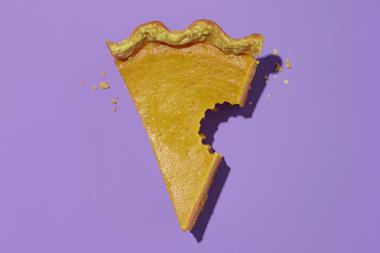



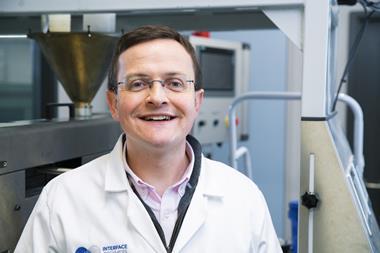
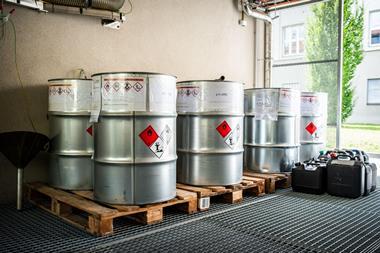

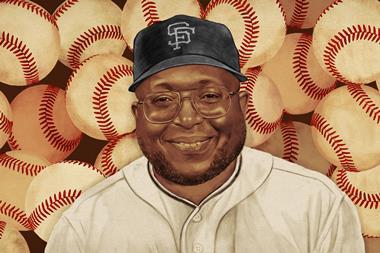
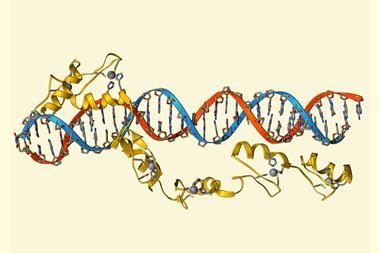

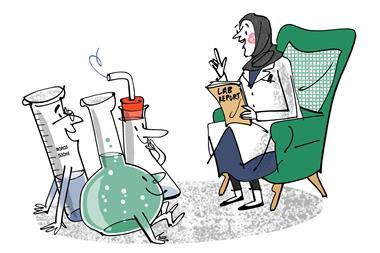
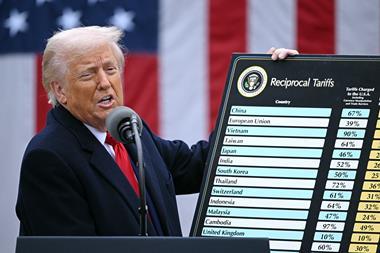
No comments yet